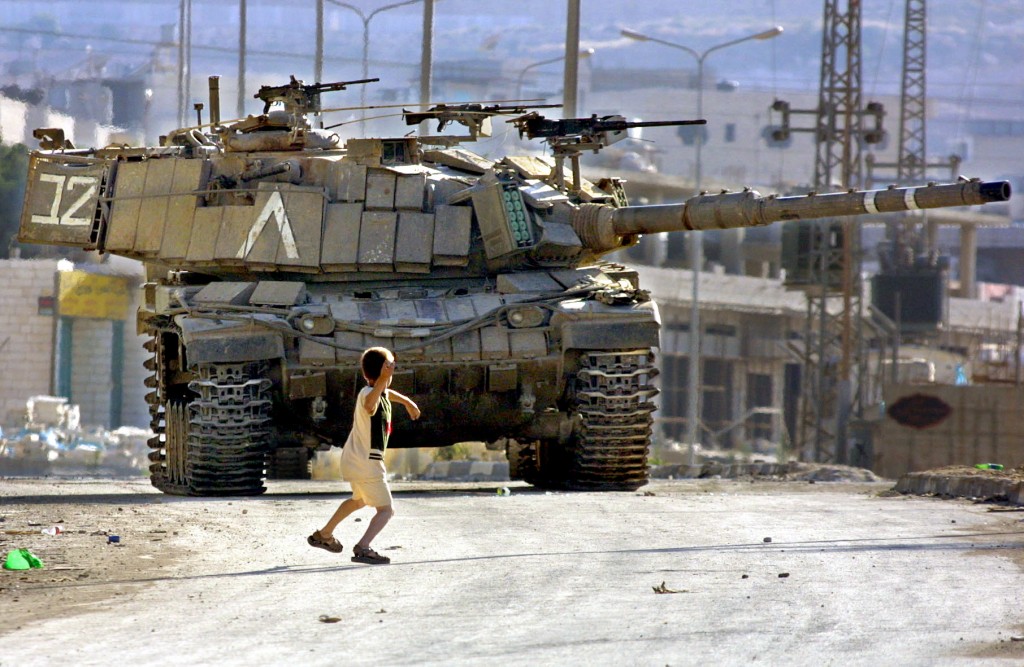Last night a new IS execution video was spread in jihadist forums and through pro-IS social media accounts. It was yet another one in a row of gruesome graphic beheadings of prisoners dressed in orange suits and executioners standing behind them, dressed in black. First half of the video in English and second half in Arabic. A message to Barack Obama being read in English, and then, in Arabic, the allegations and explanations for why the prisoners now face death. The visual composition is more or less the same, the method is the same, the message is the same. We have seen it before. This time it is four Iraqi prisoners and not a US/UK journalist or aid-worker (which explains the fact that basically no western media have reported on this)
But there is a difference in this video compared to earlier. It may seem far-fetched and insignificant, but I believe it may still enhance our understanding of the relation between IS media strategies and the operations on the ground.
For the first time in this blog I now post images from the videos I am working with and have to watch. I choose as non-graphic captures as I can to illustrate my arguments. Below I put screen-shots of the four prisoners kneeling. They are reading their final prey. But three of them are then forced to witness one of their friends being behedaded first, and only two meters in front of them. This adds a layer of fear in the video, different from similar earlier videos spread during the last year. Previous examples of this type of videos have shown prisoners being killed at exactly the same time, within the same seconds, like a manifestation och collective death (reports from inside the area have argued that the explanations for prisoners being so calm before they die is that they are largely unaware of what is going to happen).
This latest video shows something else. It focuses more on the fear and horrific reactions of the prisoners watching their friend being decapitated, hence realizing what is going to happen to them. The fear in their eyes, the panic in their bodies, are given a more prominent position in the visual composition rather than the graphic effect and theatrical setting of executing everybody at the same time.
Having studied this subject for a while, I ask myself how the visual strategies and use of online propaganda like this are reflecting changes in how IS operates. Nowadays I experience that much of the brutality is beyond attempts to reach the worlds attention. Effects and high production value are being toned down for the ”message”. The herendous proof of what happens to prisoners, for those who oppose. Mentally and physically. In my opinion both visual and audio messages are increasingly becoming more desperate in its content, more frequent distribution and less thoughtful.
As the military operations against IS intensifies, yesterdays announcment to put US military on the ground in Syria naturally also intensifies the measures of desperation from IS. The video above is not necessarily a clear-cut evidence of this, but maybe an indicator. Considering the development over the last year I believe there are tendiencies for expecting an escalation on different levels. In Iraq and Syria, potential attacks around the world as reqruitment and radicalization expand, but also an increasing brutality in the online messaging and videos coming out of the vast number of media production centers under IS control.

